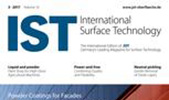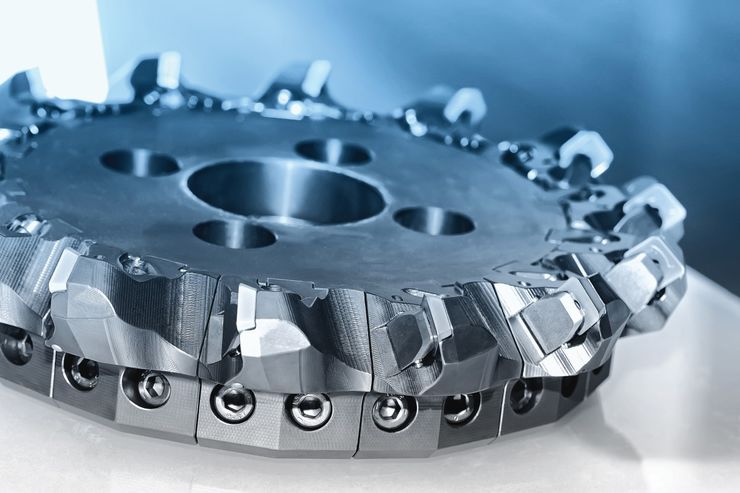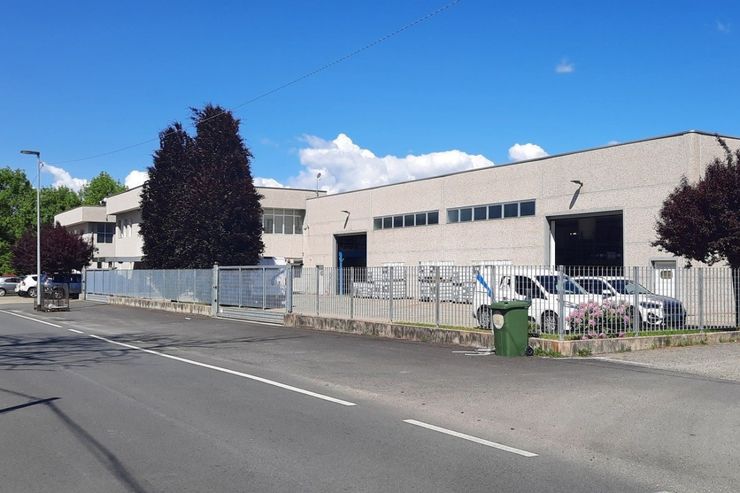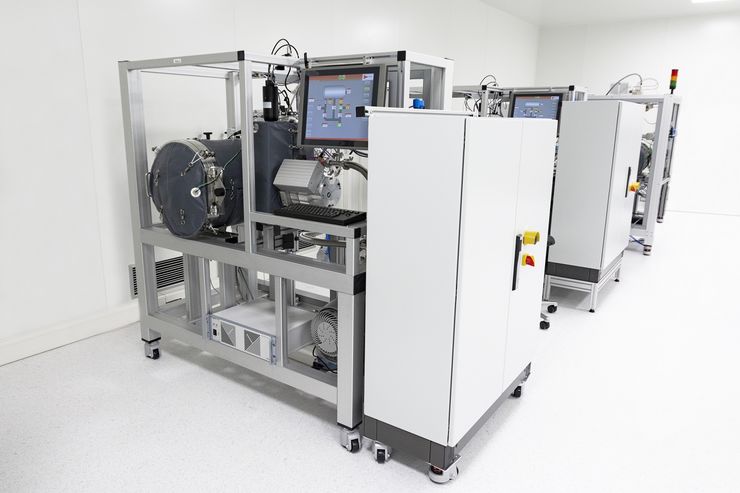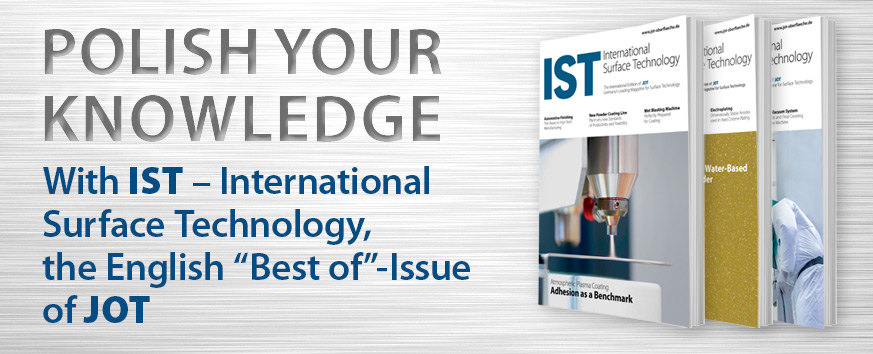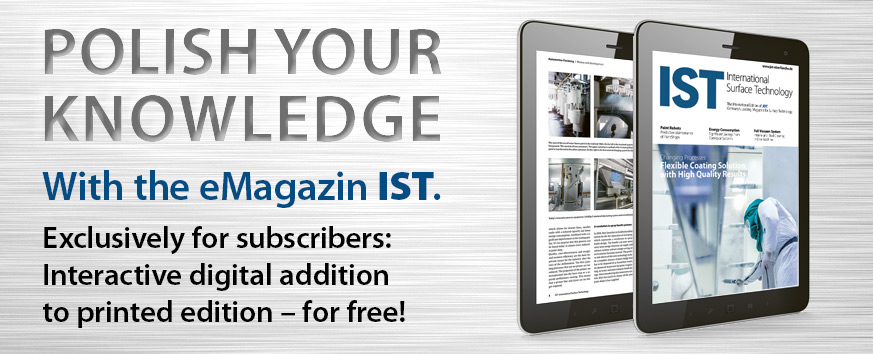Machining oil, grease, lubricants, polishing pastes, adhesives, wax, marking inks, fingerprints or other production debris must all be thoroughly cleaned away from parts to ensure a quality finish. The trend towards ever smaller parts and complex geometries makes cleaning more difficult, while cleanliness and quality standards on the finished parts remain high. The choice of cleaning process thus becomes a decisive quality factor. Early planning is key to successful part production because cleaning problems are usually easier to identify and resolve at the beginning. This is especially true when manufacturing complex and intricate parts. Manufacturers should ideally address parts cleaning prior to sample development or production. If this important step is not considered early enough, it can impair surface finishing and even possibly result in major rework, production delays or scrapped parts.
Choose cleaning method carefully
The first step in getting good, consistent parts cleaning is choosing the right cleaning fluid for the job. There’s an old saying in the industry, "like cleans like". Or in other words, match the cleaner to the contaminant. In general, there are three types of contaminant found on metal parts: non-polar (organic), polar (inorganic) and particulate soils. Organic soils are non-polar halogenated, oxygenated and hydrocarbon contaminants. These include machining and stamping oils, grease, corrosion protection agents and esters and baked-on resins. Organic soils do not dissolve in water, so they are typically removed using a vapour degreaser and specialty solvent-based cleaning fluids. Inorganic contamination includes soap, salts and emulsion residue. It also includes tarnish and rust, heat scale and smuts. These soils are soluble in water so aqueous cleaning machines with water-based detergents and surfactants work best. They emulsify and encapsulate the contaminants and then wash them away. Particulate contamination does not dissolve or solubilize in water or solvent-based cleaning fluids. These insoluble soils include things like metal shavings, dust and polishing pastes. Instead of dissolving, the particulate soil displaces from the part. The cleaning fluid gets under the particulate, dissipates the static holding it to the surface and then lifts it away. Particulate cleaning is used in both aqueous and solvent-based processes.
The complete article was published in IST 02/2021.
Autor(en): Venesia Hurtubise, MicroCare, LLC New Britain (USA)

